Elon Musk is known for his booming ambitions—rockets to Mars, AI dominance, and the reinvention of transport. But behind the flamboyant tweets and bold business moves, a more subtle personal trait has surfaced: Musk has a deep, almost monk-like preference for silence. Recently leaked cabin crew documents have revealed that during flights, the world’s richest man prefers not just privacy, but quiet. The documents surfaced on the internet after a cyberattack on the private jet company NetJets, as reported by The Times.

The instructions are clear—Musk likes the cabin temperature set to a crisp 65 degrees Fahrenheit, with lights dimmed and air vents turned off to eliminate unnecessary noise. Most notably, crew members are discouraged from initiating small talk. The goal is to create a cocoon of calm, where distractions are minimized, and the mind can wander freely.
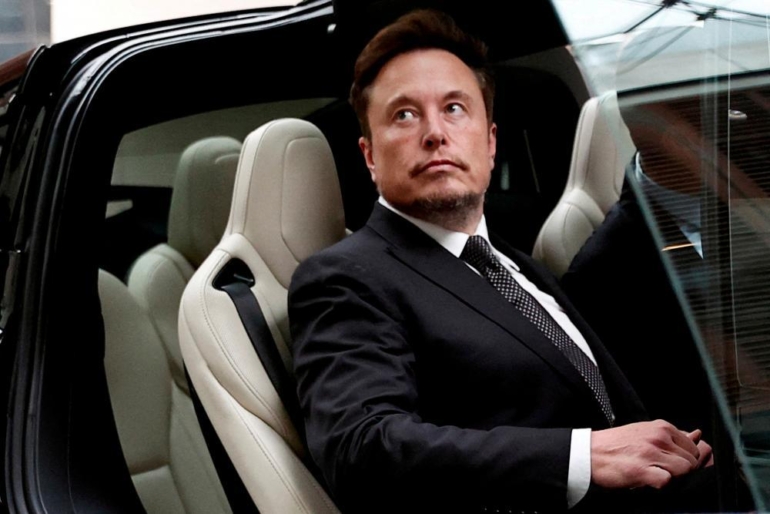
This preference isn’t simply about luxury; it points to how Musk thinks and operates. Silence, for him, appears to be a medium for deep focus and uninterrupted processing. It’s a subtle but powerful detail that echoes the lifestyle of another tech icon: Steve Jobs.
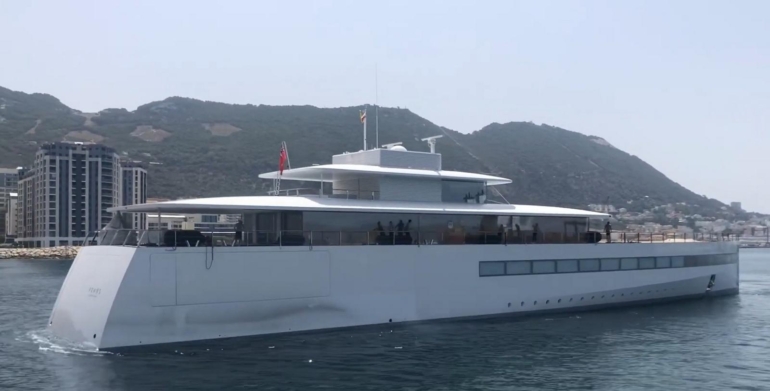
Jobs, too, was obsessed with silence. Perhaps even more so. His $120 million superyacht, Venus, was designed from the keel up to be a temple of tranquility. Jobs worked with French designer Philippe Starck to ensure that no part of the yacht interrupted the serenity he demanded—not even the motorized blinds, which were reengineered to operate in complete silence.

His personal cabin was placed at the rear of the 265-foot vessel, while his children’s quarters were located at the front—separated by an ocean of peace. Onboard communication required a specialized internal system because even footsteps and voices were muffled by layers of soundproofing.
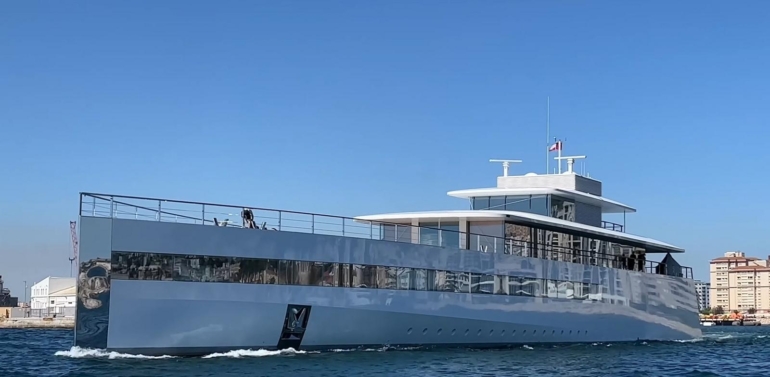
Jobs’ Palo Alto home followed the same principles. According to Starck, “children did not make noise, nor the dog, nor his wife… no one made any noise, ever.” Silence was not just a comfort—it was the architecture of Jobs’ existence. Venus, completed after his death, stands as a monument to that vision.
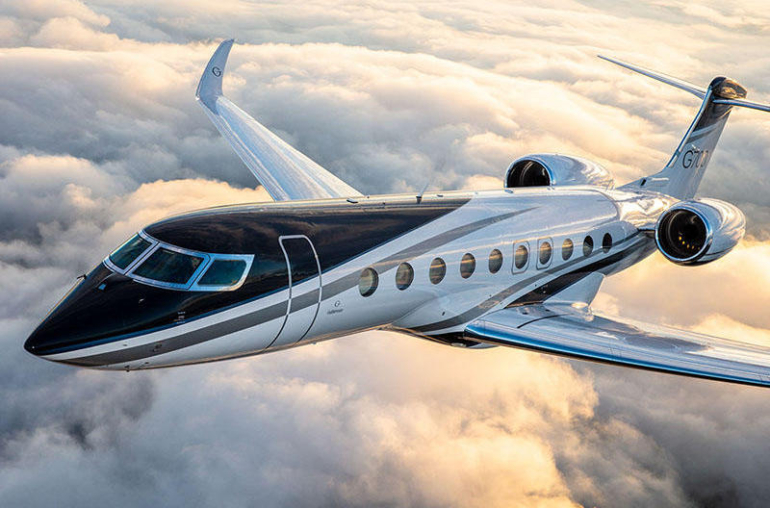
Now, Musk’s soon-to-be-delivered Gulfstream G700 may serve a similar purpose in the skies. The G700 is already the quietest and most technologically advanced business jet in Gulfstream’s lineup. With a range of 7,500 nautical miles and the ability to fly at nearly the speed of sound, it’s a marvel of efficiency and comfort.
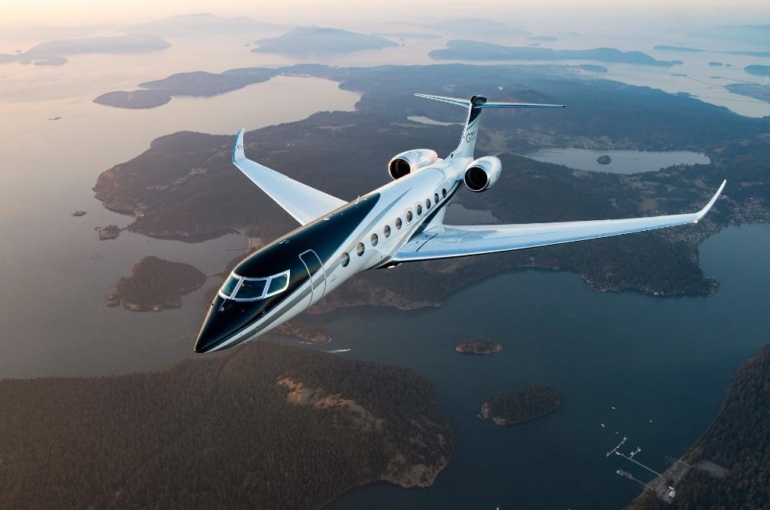
Its cabin—stretching nearly 57 feet in length—offers five customizable living areas, including a stateroom and optional standing shower. But knowing Musk’s documented preferences and attention to sensory environments, it’s not a stretch to imagine that his personal G700 may be customized even further for ultimate silence: noise-dampening materials, low-decibel air circulation systems, and perhaps even interface designs that minimize mechanical sounds entirely.

What’s compelling about this shared obsession between Musk and Jobs is how it reflects their approach to innovation. Both men pursued simplicity—not just in their products, but in their lives. Jobs practiced a kind of Zen minimalism that stripped away the unnecessary to reveal the essence of an idea. Musk, while more chaotic in public demeanor, shows a similar pattern in his work environments: the stark white interiors of SpaceX, the clean UI of Tesla, and his demand for signal over noise in corporate meetings.
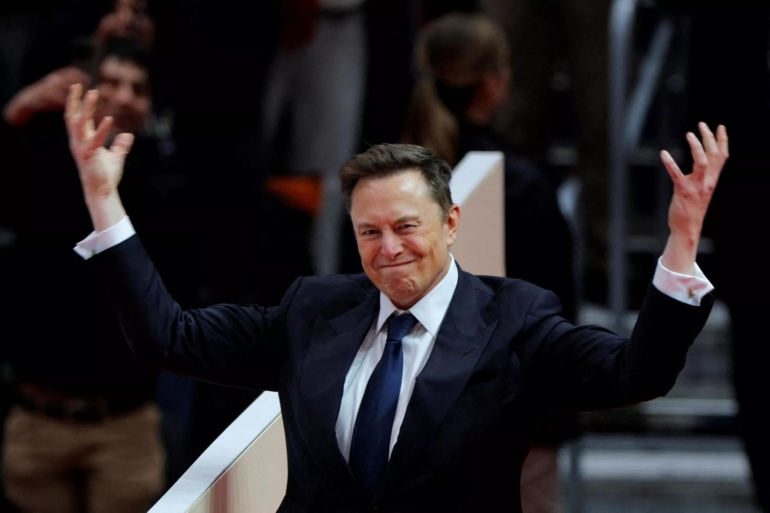
Yet, their personalities diverge in other ways. Jobs was famously controlling, artistic, and intensely private. His perfectionism bordered on the spiritual. Musk is more unfiltered and impulsive, often airing thoughts and conflicts in public. But both thrive in environments engineered to reduce distraction—where silence becomes not just a luxury, but a creative tool. For Jobs, silence was a path to clarity. For Musk, it may be a space for vision-building and problem-solving at hyperspeed.
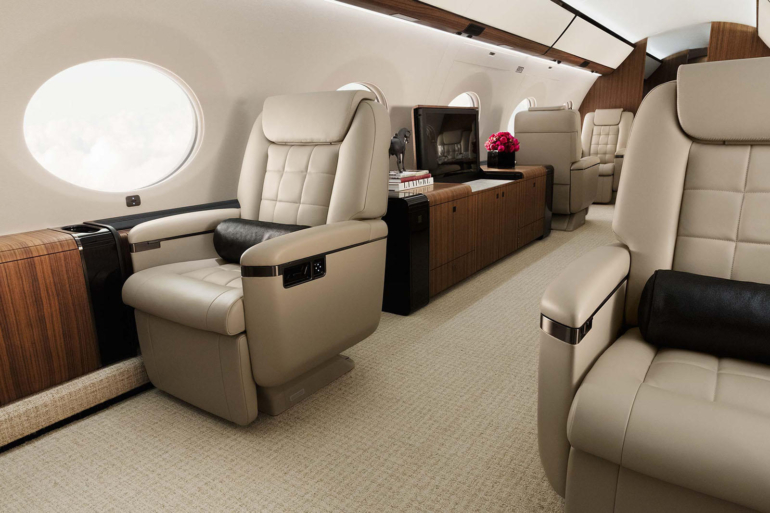
As the G700 prepares to join Musk’s fleet, it’s likely to become more than a mode of transportation—it will be a flying workspace, a sanctuary in the sky. Just as Jobs never saw Venus as a toy but as a retreat for thought, Musk’s jet may reflect a similar desire: to escape the noise of the world in pursuit of ideas that can reshape it. In silence, both men found the freedom to imagine what comes next.

